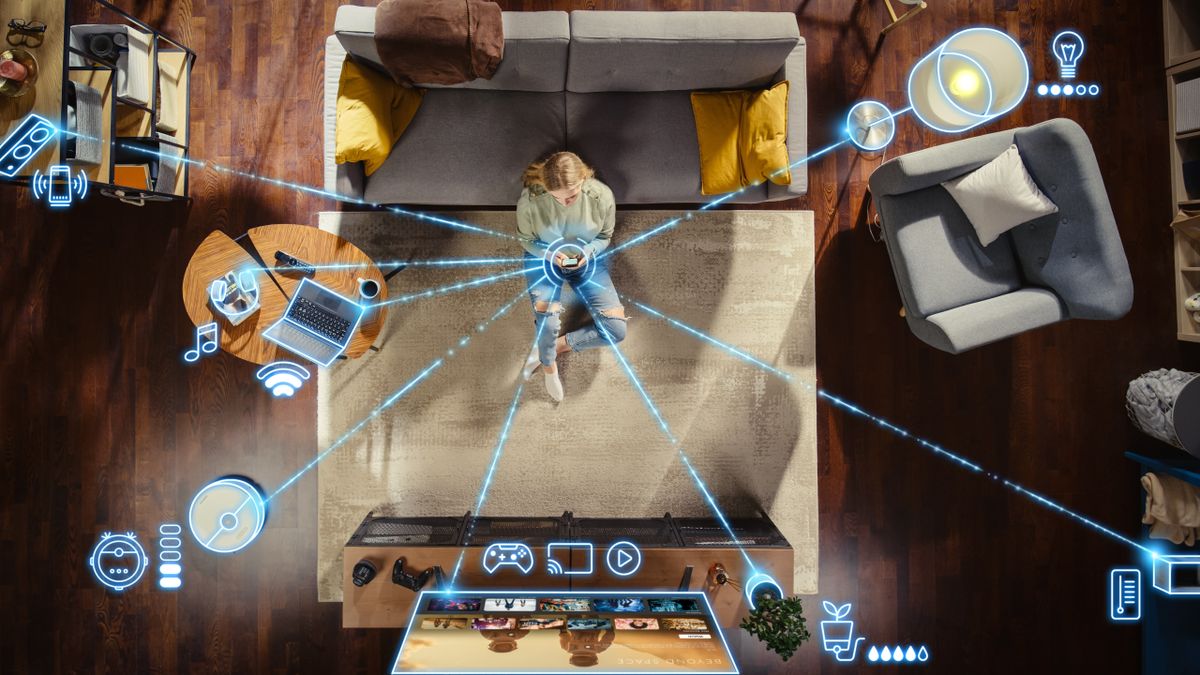
Smart home technology has revolutionized the way we interact with and manage our living spaces, resulting in increased convenience, efficiency, security, and comfort. From voice-activated assistants to integrated appliances, the adoption of smart devices has transformed homes into connected ecosystems that adapt to our lifestyles.
Convenience and Automation

The integration of voice-activated assistants, like Amazon Alexa and Google Home, has become the centerpiece of many smart homes, allowing users to control devices with simple voice commands. This feature enables easy adjustments to lighting, temperature, and even entertainment systems without the need for physical interaction. For instance, you can instruct your smart assistant to turn on the coffee maker, dim the lights, or adjust the thermostat, seamlessly integrating daily routines into an automated experience[1][3].
Furthermore, smart technologies allow for the scheduling and automation of various tasks. For example, you can program your smart lights to dim at a certain time for movie night or set your thermostat to adjust before you arrive home. This level of automation makes daily life more manageable and helps families streamline their routines[2][4].
Energy Efficiency

Smart home technology plays a significant role in improving energy efficiency. Smart thermostats learn user preferences and can automatically adjust heating and cooling based on habits, potentially saving hundreds of dollars annually on energy bills[1][5]. Moreover, devices such as smart lighting systems leverage motion sensors to ensure that lights are only on when needed, further contributing to energy savings[7][9].
As households aim to reduce their environmental impact, many manufacturers are developing energy-efficient appliances that can communicate with one another. For instance, a smart refrigerator can notify you of low grocery supplies while coordinating with a smart oven to optimize cooking times, showcasing how interconnected devices can lead to smarter usage of resources[7][9].
Enhanced Security Features
:format(webp)/cdn.vox-cdn.com/uploads/chorus_asset/file/24704819/IMG_2741.jpeg)
Security remains a paramount concern for homeowners, and smart home technology provides advanced solutions to address it. Smart security systems include features like motion detectors, high-definition cameras, and smart locks that allow for remote monitoring and control via smartphones[2][6]. Systems equipped with facial recognition capabilities can differentiate between known visitors and strangers, enhancing the security of homes while maintaining privacy[9].
Additionally, smart doorbells and camera systems provide real-time alerts to homeowners for any unusual activity. This immediate feedback helps residents manage their home security proactively, with some systems even linking to local law enforcement to enhance community safety[7][9].
Improved Health and Well-being

The impact of smart home technology extends to health and wellness as well. Many devices monitor environmental factors such as air quality and temperature, helping to create a healthier living space. For instance, smart humidifiers can adjust humidity levels automatically, preventing respiratory and skin issues, while air purifiers can detect pollutants and react accordingly[7][9].
Moreover, fitness and health monitoring technologies have become increasingly popular. Devices like smart mirrors and connected exercise equipment provide real-time feedback on workouts and can help track health metrics, encouraging healthier lifestyles[7][9]. Such features are particularly beneficial as they promote well-being within the comfort of one’s home.
Customization and Personalization

With the rise of AI and machine learning, smart home devices are becoming increasingly personalized. These systems can learn from user behavior and adapt their functions to cater to individual preferences[7][9]. For example, lighting can be automatically adjusted based on the time of day or the user’s mood, enhancing the overall ambiance of living spaces[7].
Customization also extends to the design and functionality of smart home devices. Users can tailor their smart home solutions to fit personal tastes and requirements, allowing for a uniquely curated living environment that prioritizes comfort and aesthetic appeal[5][8].
Seamless Integration with Smart Cities

Looking forward, the evolution of smart homes is closely tied to the integration with smart city initiatives. This connection means that homes can benefit from broader infrastructure enhancements, such as improved traffic management and energy use, creating a more efficient environment overall[5][9]. As technology continues to advance, the synergy between smart homes and smart cities will augment the quality of urban living, making daily life even more convenient and connected.
Conclusion
Smart home technology enhances living by providing a seamless blend of convenience, energy efficiency, security, and personalization. As devices become increasingly interconnected, the benefits of smart homes will likely continue to grow, promising an even more responsive and tailored living experience. The future of smart homes is not just about gadgets; it's about creating a harmonious, efficient, and secure environment that aligns with the needs and aspirations of modern life, thereby enriching the overall quality of living for residents.
Get more accurate answers with Super Pandi, upload files, personalized discovery feed, save searches and contribute to the PandiPedia.
Let's look at alternatives:
- Modify the query.
- Start a new thread.
- Remove sources (if manually added).